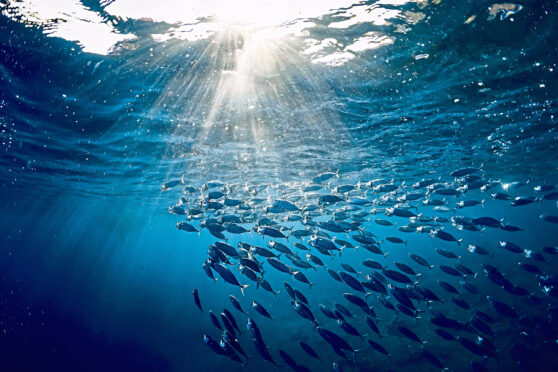
Three years after Brexit, Scotland’s fishing and seafood industries are still snarled in costly red tape, worker shortages and disappointing catch quotas, leaders warn.
When Britain left the single European market at the end of January 2020, increased customs bureaucracy that followed caused massive tailbacks at ports, leaving fish rotting in lorries and pushing smaller firms close to the brink.
Embattled industry leaders and business owners say they are still being throttled by administrative costs and are struggling to fill jobs vacated by workers from Europe who returned home due to Brexit and the effects of the pandemic.
Mike Park, chief executive of the Scottish White Fish Producers’ Association, said Brexit had delivered little for Scotland’s fishing fleet, which initially supported the move. “Increases in catch quotas that we were promised have never materialised,” he said, “and the extra costs of sending products overseas have crippled many smaller businesses.”
Prior to Brexit, between 2016 and 2019 three-quarters of all Scotland’s seafood exports – £700 million in sales – went to the EU.
Previous prime minister Boris Johnson’s government claimed Brexit would benefit the UK fishing industry by more than £148m by 2026 – but industry leaders are sceptical this target will ever be reached.
Tied in knots: Despairing fishing fleet bound up by red tape after Brexit
Seafood Scotland chief executive Donna Fordyce said trade had become more complex and costlier since Brexit She added: “Labour has been a major issue, with the new UK immigration policy stopping many Eastern Europeans coming to work here. Previously, around 78% of the workforce in north-east Scotland came from eastern Europe, with some factories being as high as 92%.”
Some fish processing companies are having to recruit workers from outside of Europe. It can cost up to £10,000 each to bring skilled workers from countries such as the Philippines and Malaysia, said David Leiper, managing director of Peterhead-based Seafood Ecosse.
“We have employed 20 or 30 workers from these countries because we can’t find enough people here to fill the jobs,” he said.
Monica Galetti: ‘Scottish seafood is the best. We need to shout about it’
Scottish Rural Affairs Secretary Mairi Gougeon said that, to help address the ongoing difficulties firms were having in accessing labour, and to support community sustainability, a Rural Visa Pilot scheme had been proposed.
“The proposal has been endorsed by local authorities, business partners and across the majority of parties in the Scottish Parliament,” she said. “We are urging the UK Government to engage with us and our partners on this and work together to help deliver this pilot scheme.”
The Department for Environment, Food and Rural Affairs said: “As well as maintaining funding levels following our withdrawal from the EU, we are also investing £100 million so that fishing communities across the UK, including Scotland, benefit.”

Enjoy the convenience of having The Sunday Post delivered as a digital ePaper straight to your smartphone, tablet or computer.
Subscribe for only £5.49 a month and enjoy all the benefits of the printed paper as a digital replica.
Subscribe